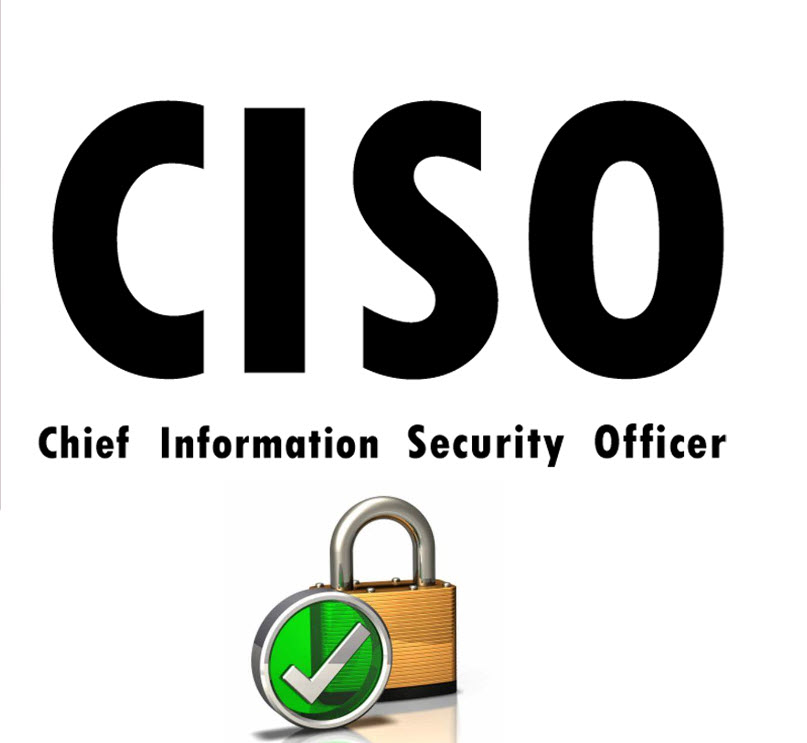
13 Top CISO Priorities and Trends in 2024
13 Top CISO Priorities and Trends in 2024
As we navigate through 2024, Chief Information Security Officers (CISOs) face an evolving landscape of challenges and responsibilities. The digital transformation has accelerated, and with it, the complexity of cybersecurity threats has increased. Here are the key priorities and trends that CISOs are focusing on this year.
1. EVOLVING COMPLIANCE STANDARDS AND REGULATIONS
One of the foremost concerns for CISOs in 2024 is keeping up with the changing compliance standards and regulations impacting cybersecurity. With data breaches becoming more frequent and severe, governments and industry bodies are tightening the rules around data protection and privacy. CISOs must ensure their organizations are compliant with these evolving standards to avoid hefty fines and reputational damage.
2. CYBERSECURITY PROGRAMS AND BOARD ENGAGEMENT
Cybersecurity is no longer a technical issue; it’s a business imperative. CISOs are now regular participants in board discussions, emphasizing the need for robust cybersecurity programs that align with the organization’s strategic objectives. They are advocating for increased budgets and resources to develop strategies that can withstand the sophisticated cyber threats of today.
3. RISE OF IDENTITY AND ACCESS MANAGEMENT (IAM) AND ZERO TRUST
The “never trust, always verify” principle of Zero Trust architecture has gained significant momentum in 2024. Coupled with robust IAM solutions, organizations are adopting granular access controls, multi-factor authentication (MFA), and continuous monitoring to minimize the potential for unauthorized access and lateral movement within networks. This shift is crucial in addressing the expanded attack surface created by remote work and cloud adoption.
4. THE RISE OF POLYMORPHIC MALWARE
The advent of AI has given rise to polymorphic malware, a new breed of self-evolving threats. These sophisticated forms of malware use AI to learn and adapt to security systems, making them particularly hard to detect and neutralize. CISOs are prioritizing the development of advanced defense mechanisms to protect against these adaptive threats.
5. RANSOMWARE AND EXTORTION MITIGATION
Ransomware attacks, often coupled with extortion tactics, pose a significant threat. CISOs are focusing on preventative measures like robust backup and recovery mechanisms, employee awareness training, and incident response planning. Cybersecurity insurance is also gaining traction as a means to mitigate financial losses in the event of an attack.
6. UNDERSTANDING CYBERSECURITY RESPONSIBILITY
CISOs are working towards a culture where cybersecurity is everyone’s responsibility. By implementing comprehensive training programs, they aim to educate all employees about their role in maintaining security. This includes awareness of phishing scams and the importance of not clicking on suspicious links.
7. DATA BREACH PREVENTION
Negligent behavior by employees remains a significant cause of data breaches. CISOs are focusing on minimizing these risks by educating staff on the proper handling of sensitive information and employing technologies to safeguard against accidental disclosures.
8. SUPPLY CHAIN AND THIRD-PARTY VENDOR RISKS
The compromise of third-party vendors and supply chain attacks continue to be a focal point. CISOs are enforcing robust risk management practices to assess and mitigate risks associated with external partners and vendors.
9. AI-ENHANCED CYBERSECURITY
AI and machine learning (ML) are no longer buzzwords; they are integrated into modern security operations. In 2024, CISOs are leveraging AI-powered tools for threat detection, incident response, and vulnerability management. AI’s ability to analyze vast datasets and identify patterns aids in detecting anomalies and predicting potential threats, enhancing overall security posture.
10. QUERYABLE ENCRYPTION
To protect sensitive data even if systems are compromised, CISOs are employing queryable encryption. This allows data to remain encrypted even during processing, significantly reducing the risk of data exposure.
11. SECURING THE CLOUD AND SUPPLY CHAIN
As cloud adoption accelerates, securing cloud environments and the intricate web of third-party vendors comprising the supply chain has become paramount. CISOs are prioritizing robust cloud security configurations, regular vulnerability assessments, and stringent vendor risk management practices to address potential vulnerabilities that could be exploited by attackers.
12. PROACTIVE REGULATORY COMPLIANCE
The regulatory landscape for data protection and privacy continues to evolve. CISOs are proactively ensuring compliance with frameworks like GDPR, CCPA, and emerging regulations to avoid hefty fines and reputational damage. Automation tools and dedicated compliance teams are becoming essential to navigate the complexities of regulatory compliance.
13. ADDRESSING THE CYBERSECURITY TALENT SHORTAGE
The shortage of skilled cybersecurity professionals remains a pressing concern. CISOs are investing in upskilling existing staff, partnering with educational institutions, and exploring innovative recruitment strategies to attract and retain talent. Additionally, automation and managed security services are being employed to bridge the gap and ensure adequate security coverage.
CONCLUSION
The role of the CISO has never been more critical. As guardians of digital trust, CISOs in 2024 are at the forefront of defending against an ever-changing threat landscape. By prioritizing these key areas, they aim to create a resilient and secure environment for their organizations to thrive in the digital age.




